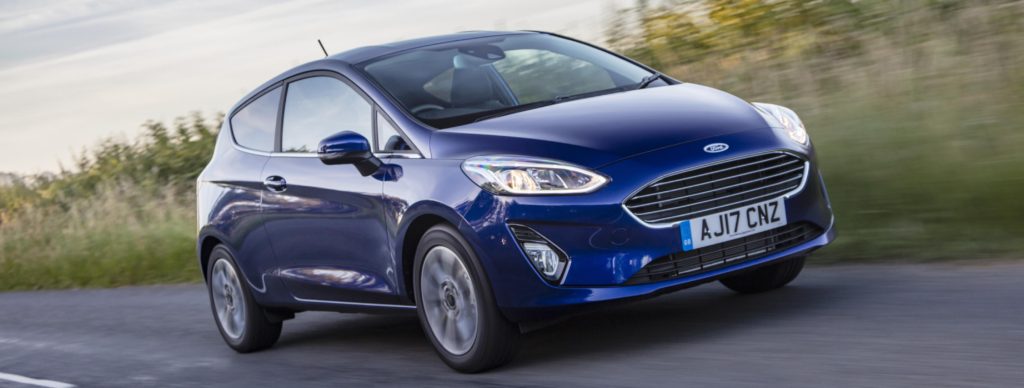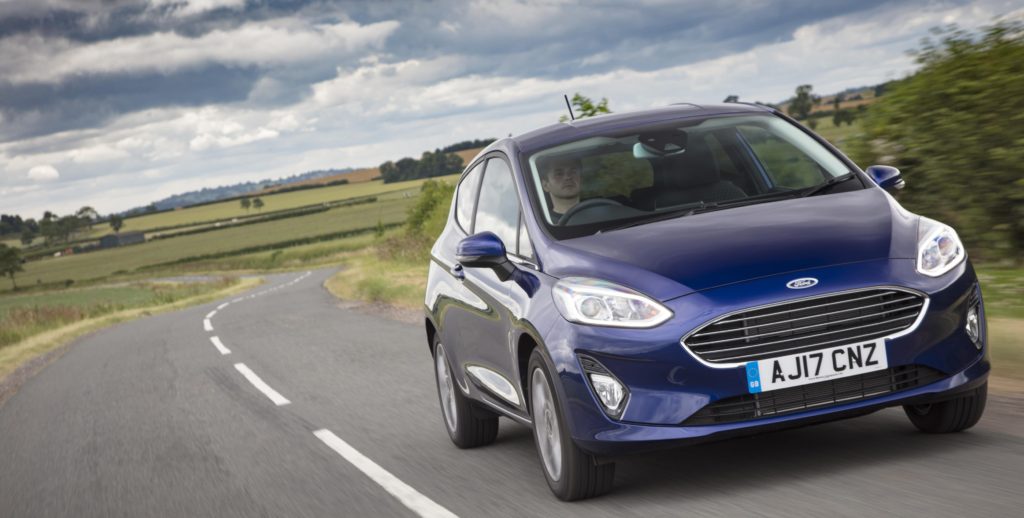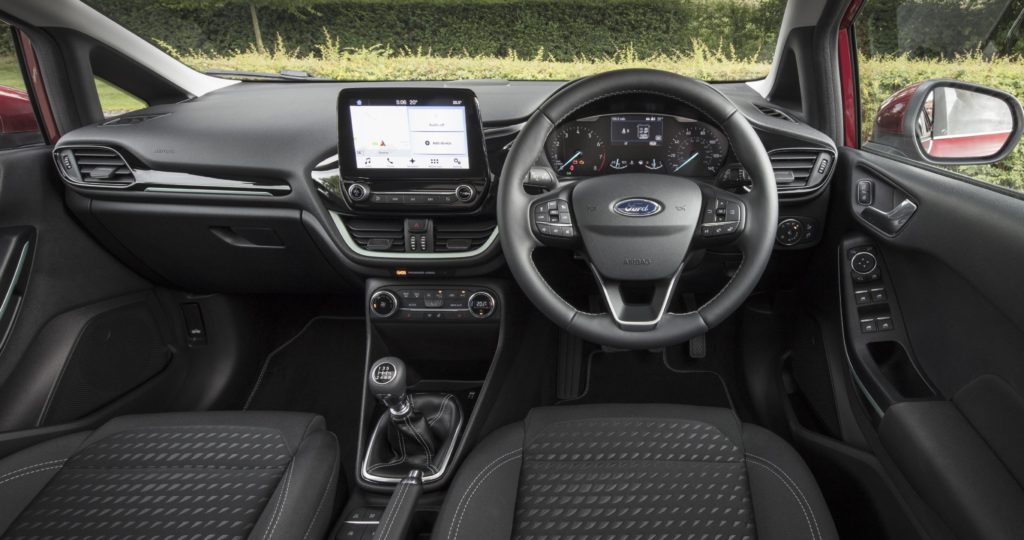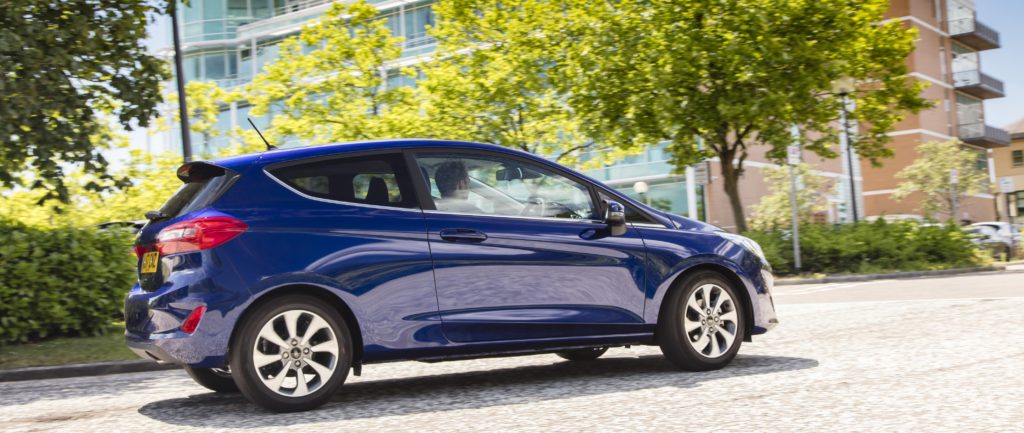 AS motoring icons go, Ford’s Fiesta – Britain’s best selling car – is right up there with the best, and has been for a long, long time.
AS motoring icons go, Ford’s Fiesta – Britain’s best selling car – is right up there with the best, and has been for a long, long time.
In these austere times – with P45s, reduced hours and a dole queue longer than Casanova’s contact book – people are more and more turning towards smaller cars that offer good levels of comfort, good economy and low cost of ownership, high levels of safety and smart looks – cars to put a smile on your face.
 The Fiesta in its various guises over the years has been all of those and now feels better put together than any Fiesta I can remember.
The Fiesta in its various guises over the years has been all of those and now feels better put together than any Fiesta I can remember.
Part of the fun factor it now serves up is down to its truly brilliant chassis – the main reason why it is so rewarding get behind the wheel.
All the controls are light to the touch – gearbox, pedals and steering wheel – and have a linked symmetry that makes the Fiesta a very, very easy car to just get into and drive.
And when you get fully used to its way of moving, which will take you about half a mile, you can revel in handling characteristics that you never used to find on a car at this end of the market.
 The driving position feels sporty without being hard to get in and out of, and the steering wheel is easily adjusted for maximum comfort.
The driving position feels sporty without being hard to get in and out of, and the steering wheel is easily adjusted for maximum comfort.
The light steering means it’s easy to drive, especially in town, but it can still be quite involving on quicker roads where the ride quality is commendably good, even when the surface quality isn’t.
Part of the magic of cars in the supermini class is that they can be fun to drive without being pricey to run.
For a long time Fiesta has been the pick of the bunch, but now cars like SEAT’s Ibiza are offering buyers a serious alternative.
From the outside Fiesta is a very smart car and it’s a bit of a tardis –you don’t get any real idea of how much room there is inside. But tall drivers will really appreciate the amount of legroom that will allow them to find an ideal driving position. And in case you need to check where your feet are before you set off you can, as the footwell as exceptionally well lit.
 Central to the engine side of the range is Ford’s 1.0litre Ecoboost with three different outputs, and there are diesel options like the 120ps TDCI sampled here with its low 89g/km of CO2. Audibly a diesel, it’s fairly well muted in use and it’s a responsive unit that offers decent economy – nothing like the 88.3mpg figure quoted, but a real time 49.2 was acceptable.
Central to the engine side of the range is Ford’s 1.0litre Ecoboost with three different outputs, and there are diesel options like the 120ps TDCI sampled here with its low 89g/km of CO2. Audibly a diesel, it’s fairly well muted in use and it’s a responsive unit that offers decent economy – nothing like the 88.3mpg figure quoted, but a real time 49.2 was acceptable.
Here’s a small measure of how times have changed. Back in 2009 a Titanium spec Fiesta cost £12,918. Now you’re looking at £18,525 before you add in a few toys, which will take you over the £21,000 mark.
It’s always been tagged as cheap to buy, and might well be at entry level (£13,00 for a Style model) but go further up the range for improved spec and you’ll be raiding the kids’ inheritance to a higher level than you might want.
This version offers a good level of equipment including a quickclear heated windscreen, power folding door mirrors with puddle lights and an eight inch touchscreen with Ford SYNC 3 navigation.
Models with no sat nav get a compass – fine if you’re Bear Grylls, I suppose.
FOR: highly competent all rounder
AGAINST: high spec equals highish price
FASTFACTS: Ford Fiesta Titanium 5 door; £18,525; 1.5 TDCI start stop, 120ps, 270Nm; six speed manual gearbox; top speed 121mph, 0-62mph 9secs; fuel – urban 72.3, extra urban 88.3, combined 88.3; CO2 89g/km.

